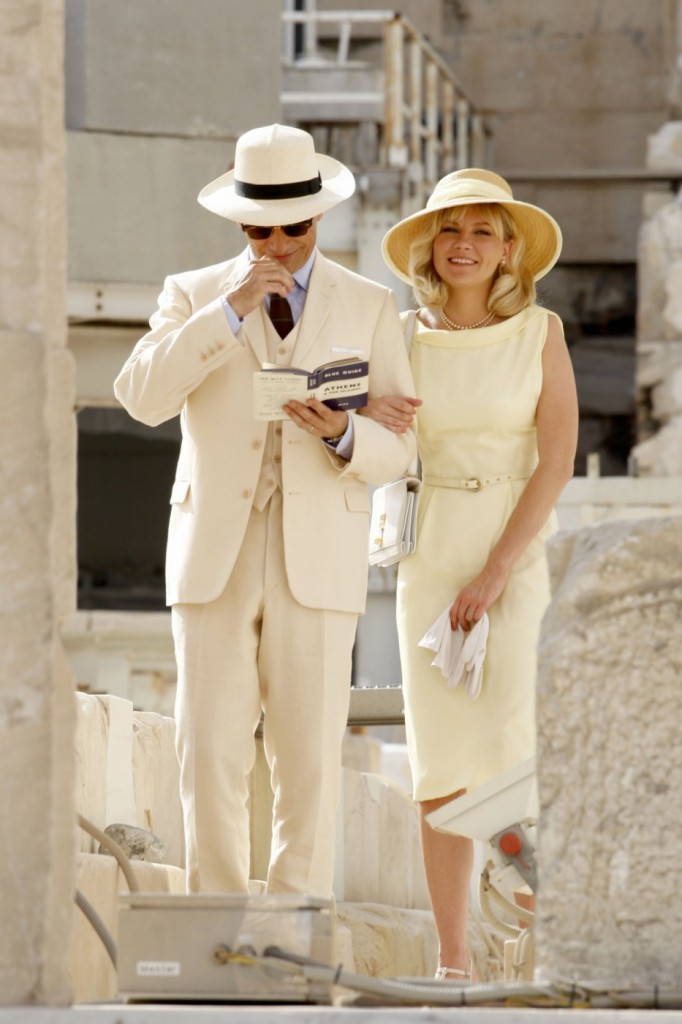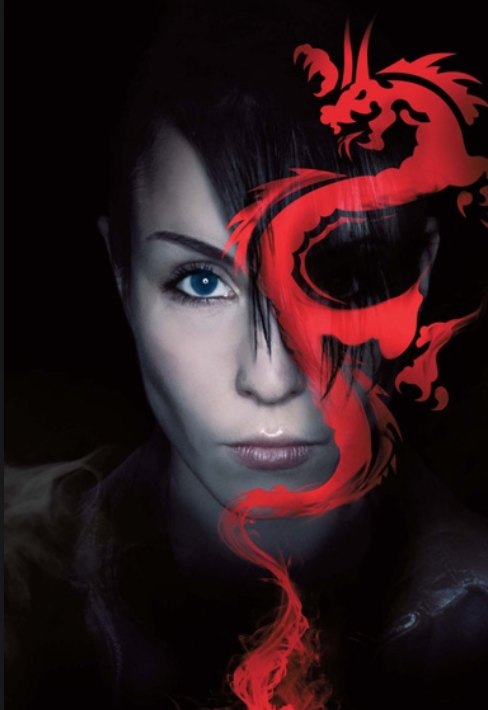 As much as it’s possible to write good-looking novels, Patricia Highsmith wrote good-looking novels. Cast against opulent European and American backdrops, many of them featured sly-eyed predators prowling the finest relics of Western Civilization: the finest autos, meals, wines, garments, jewels, music, and paintings – not to mention the finest fatted calves of old money. It’s not that Highsmith favored style over substance; it’s that the substance of her books was style itself, as well as how much larceny was committed in its good name.
As much as it’s possible to write good-looking novels, Patricia Highsmith wrote good-looking novels. Cast against opulent European and American backdrops, many of them featured sly-eyed predators prowling the finest relics of Western Civilization: the finest autos, meals, wines, garments, jewels, music, and paintings – not to mention the finest fatted calves of old money. It’s not that Highsmith favored style over substance; it’s that the substance of her books was style itself, as well as how much larceny was committed in its good name.
Highsmith’s most famous sly-eyed predator, Ripley, hatched such elegant schemes that it was impossible not to root for him, though he had no loyalties of his own. It’s a small wonder that many films have been adapted from the Ripliad (as the Ripley series is called), or that the most well-received of them, Anthony Minghella’s “The Talented Mr. Ripley,” is one of the most good-looking films of the last two decades.
“The Two Faces of January,” the latest adaptation of a Highsmith novel, is also quite good-looking. As it begins, two affluent American tourists, the good-looking Chester (Viggo Mortensen) and his good-looking, younger wife Colette (Kirsten Dunst), are wandering through the sun-bleached glory of 1962 Athens when they encounter good-looking American Rydal (Oscar Isaac), who agrees to be their tour guide. This being a Highsmith adaptation, we learn soon enough that all is not what it seems. Chester and Colette are on the run, if idly – his latest stock-market scam has soured just enough to make laying low advisable – and Rydal is the kind of louche drifter who pockets two drachmas every time he makes change. The minuet the three dance together, in which Chester bemusedly observes Rydal’s small-potato swindles while the younger man bats his lashes at Colette, is still awfully good-looking. Continue Reading →


